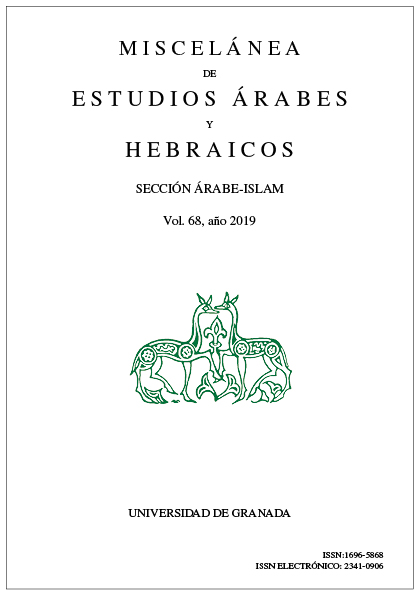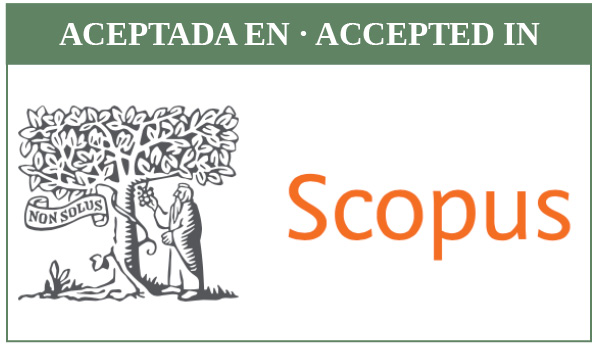The rogue in Arabic literature: Ibn Dāniyāl’s ‘Ajīb wa-Gharīb
DOI:
https://doi.org/10.30827/meaharabe.v68i0.1014Keywords:
Picaresque, Ibn Dāniyāl, Mamelukes, 13-14th centuries, EgyptAbstract
The picaresque theme enjoyed a long tradition in Arabic literature. After a brief historical review of its main representatives, this paper presents a translation and a study of the presence of the rogue figure in the work of Egyptian playwright Ibn Dāniyāl. Poet and innovator of Shadow Play, Ibn Dāniyāl is considered one of the most important writers of the Mamluk period. In his oeuvre reality blends easily with fantasy, and real characters with others invented for his plays, always in a spontaneous, natural manner. This article applies the critical approach of the picaresque prototype to the work of Ibn Dāniyāl. It attempts to trace its most relevant aspects to their earliest source, in terms of both form and content. Finally, a detailed analysis of the texts shows that Ibn Dāniyāl's work not only adopts familiar material, but also makes new contributions, by giving life to the principal character, a mirror of his society, in spoken language and in a process of profound transformation.
Downloads
Downloads
Published
How to Cite
Issue
Section
License
The authors publishing their work in this journal agree to the following terms and conditions:
1. The authors retain the copyright and give the journal the right to be the first publication of the work and also to be licensee under a Creative Commons Attribution License which allows others to share the work, provided the author of the work and the initial publication in this journal are acknowledged.
2. Authors may make additional agreements separately for the non-exclusive distribution of the version of the work published in the journal (for example, putting it in an institutional repository or publishing it in a book), with acknowledgement of its initial publication in this journal.
3. Authors are allowed and encouraged to electronically disseminate (for example, in institutional repositories or on their own web page) the published version of their works (publisher's post-print version) or, if not possible, the author's reviewed and accepted post-print version. This is to facilitate productive exchanges, and allow for earlier and greater citation by third parties of the published works (See The Effect of Open Access).
4. The journal accepts no responsibility for the opinions expressed by the authors.















